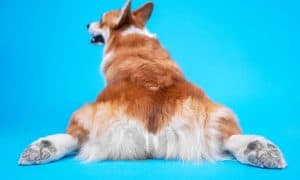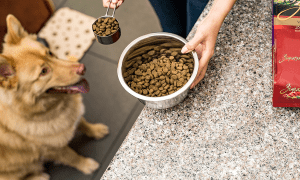“This post contains affiliate links, and I will be compensated if you make a purchase after clicking on my links.”
We’re headed for the dog days of summer. Winter coats and fuzzy boots are getting packed away to make room for shorts and flip-flops. As humans, it’s easy for us to change into our summer attire as a means of staying cool. But what about our dogs? Aren’t they hot underneath that fur coat?
While your dog’s coat is actually designed to protect them from the sun and scorching heat of summer, there are a few things you should be doing each year to help them effectively keep cool.
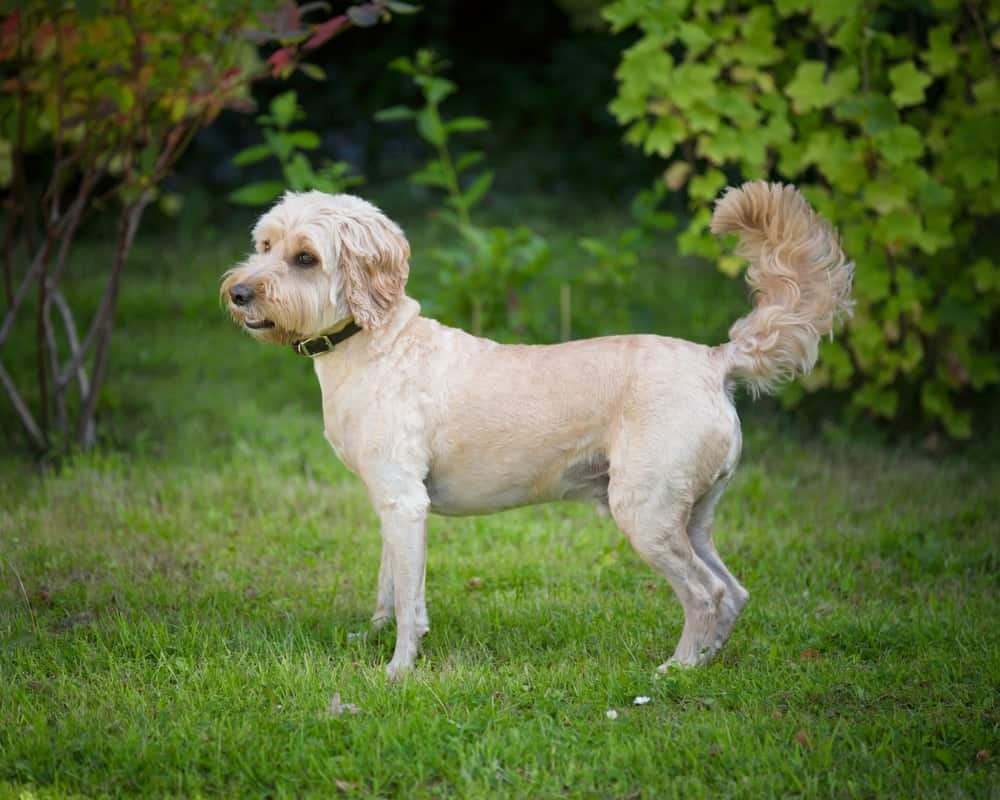
We spoke with Nicole Kallish, a Certified Master Groomer and Education Manager at Andis Company, about how we should be caring for our dogs’ skin and coats this summer, not just to keep them cool and comfortable, but to protect against sun exposure and help control fleas and ticks.
A lot of dog parents choose short “Summer Cuts”to keep their dogs cool and reduce shedding. Should I shave my dog?
Summer cuts or shave-downs are popular among pet parents hoping to make their dogs more comfortable during the hottest time of the year. But, that doesn’t mean it’s right for every dog. Nicole explained that a “shave down” is anything shorter than about 3/8 inch of hair, or a cut using anything shorter than a 4-blade on your clippers. While shave-downs can be a great option for easy maintenance and for the comfort of the dog, it’s not recommended that double-coated dogs get shaved.
Shaving a double-coated breed, like a Golden retriever, Husky, or German shepherd can actually do more harm than good. “The hair doesn’t always grow back properly and it can cause skin problems.” Instead, Nicole recommends double-coated dogs have their coats de-shed for the health of the pet.
It’s also important to remember that dogs with a short summer shave-down are more susceptible to sunburn and may need the added protection of a dog-safe sunscreen.
For de-shedding your dog at home, we recommend the Andis deShedding Tool. Your dog will love being brushed with the handheld tool and you’ll love that it reduces shedding by up to 90%. The unique shape and tooth pattern removes loose hair without causing damage to the top-coat or scratching your dog’s delicate skin. We tested this simple tool just two days after using a popular fur-reducing brush and were astounded at how much undercoat and loose hair was simply brushed away. In the summer, a deshedding tool can be used weekly if needed.
Toenails should always be kept trimmed, but what about the hair between paw pads?
A dog’s paws play a small role in helping them regulate their body temperature. Contrary to popular belief, dogs do have sweat gland””on their paw pads. When a dog’s paws sweat, the process of evaporation helps to reduce their body heat. So, with such a limited ability to cool themselves through sweating, it’s essential to keep your dog’s paws groomed so they’re most efficient in the summer heat.
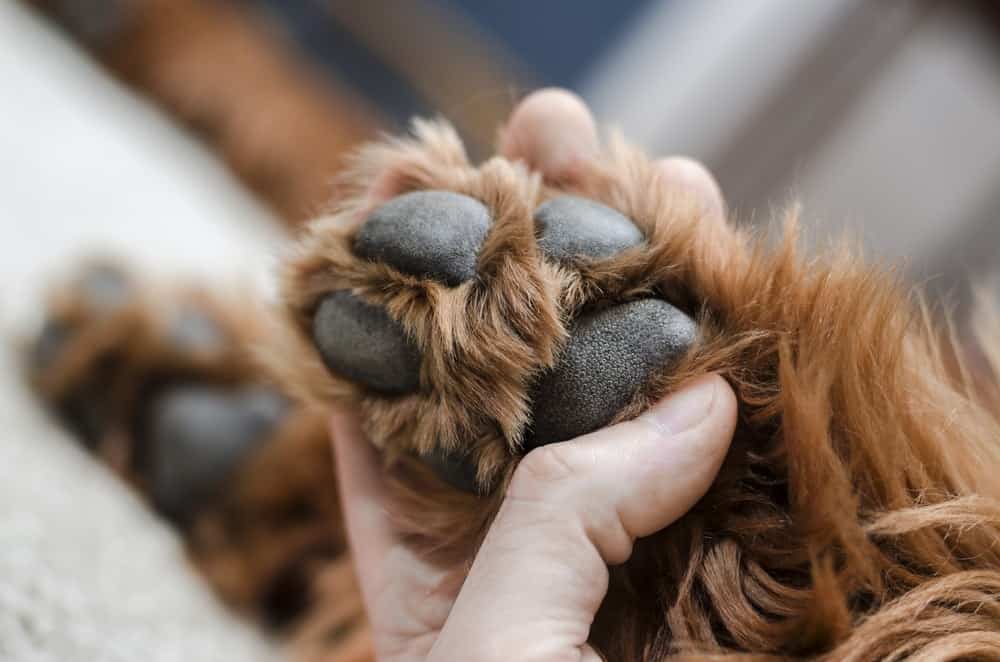
Nicole recommends keeping fur around and between the paw pads shaved in the summer and the rest of the year, too. Besides inhibiting your dog’s ability to sweat effectively, paw hair can trap dirt and moisture on your dog’s paws or the hair can become painfully matted. And, overgrown paw pad fur can make it difficult for dogs to walk on hard floors or slick surfaces.
How often should we be brushing our dogs?
A lot of dog owners have low-maintenance dogs that don’t require a ton of grooming. Still, every dog will benefit from regular brushing. Brushing removes loose hair, distributes natural oils through the fur, stimulates the surface of the skin, helps get rid of dead and dry skin, and provides the perfect opportunity to check your dog’s body from head to toe for lumps, bumps, fleas, ticks, and other skin and body conditions. Removing loose hair and thick undercoat through regular brushing will help your pup stay much cooler in the summer.
So, how often should it be done? Nicole explained, “the breed of dog and how long you keep their coat will determine how often they should be brushed. A good rule of thumb is to brush weekly. If your dog has a longer coat that is prone to matting, a few times a week is a good idea.”
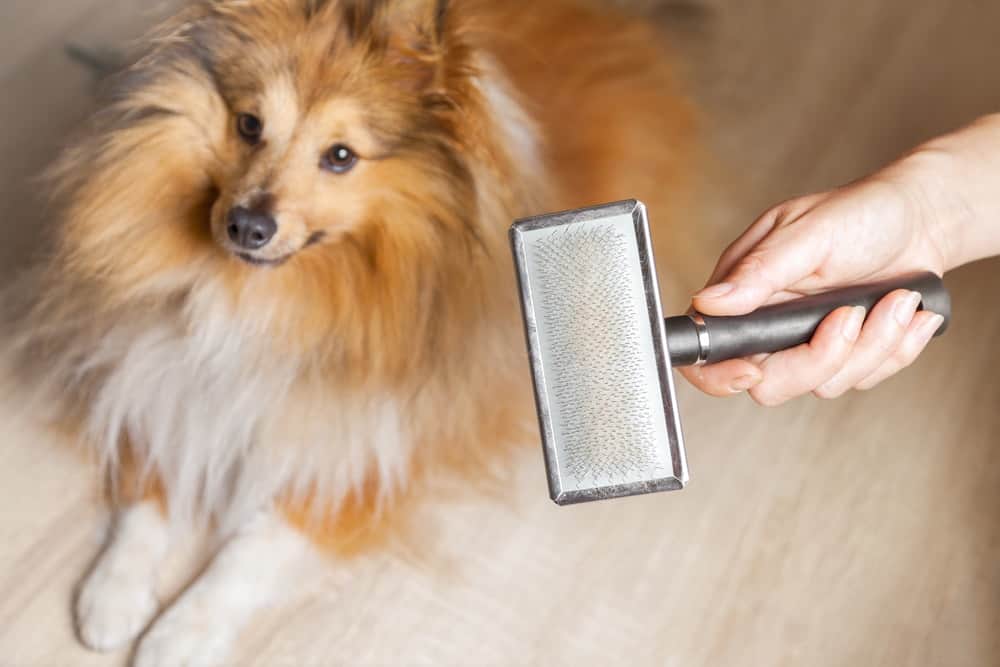
Aside from giving veterinary-prescribed flea/tick prevention, how can grooming help control pests?
Fleas and ticks are a common complaint of pet parents during warmer seasons when they’re most prolific and regular brushing and grooming are essential in helping to control the pests. According to Nicole, “often, an owner does not notice any pests until they get their dog wet in the tub or go to a groomer. Fleas and ticks hide very well in longer, thicker coats.” She suggests keeping a close watch for excessive itching or chewing and occasionally going through your dog’s coat with a flea comb to discover fleas or ticks long before an infestation occurs.
Summer is the perfect time of year for outdoor adventures, lounging by the pool, and having fun in the sun, but there are a few important summertime rules to remember. “Dogs can also get heatstroke or heat exhaustion, so be sure to monitor your pet for signs of distressed breathing or high temperature” Nicole urges. “Make sure you have plenty of water available and take breaks in the shade whenever possible. For the swimmers out there, I recommend a bath with a quality dog shampoo followed by a conditioner to keep the coat in tip-top shape.”




